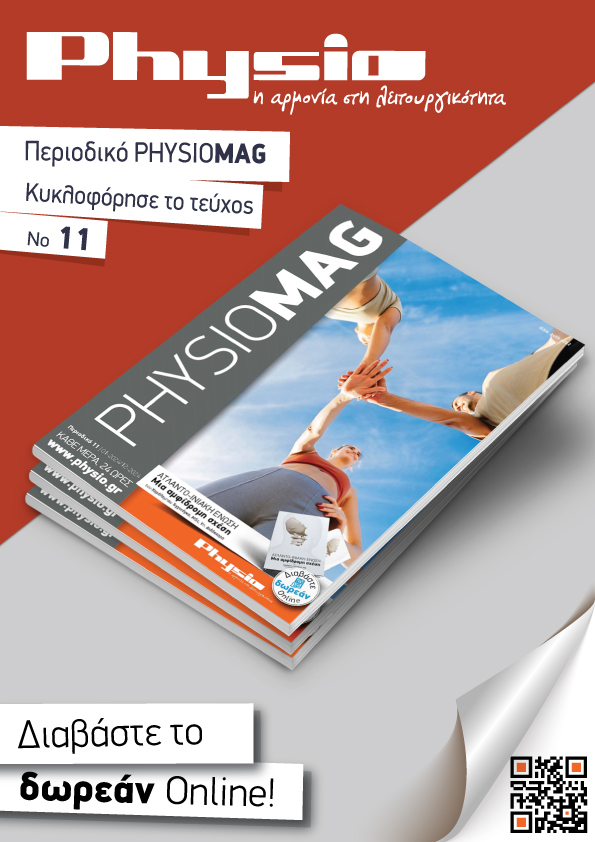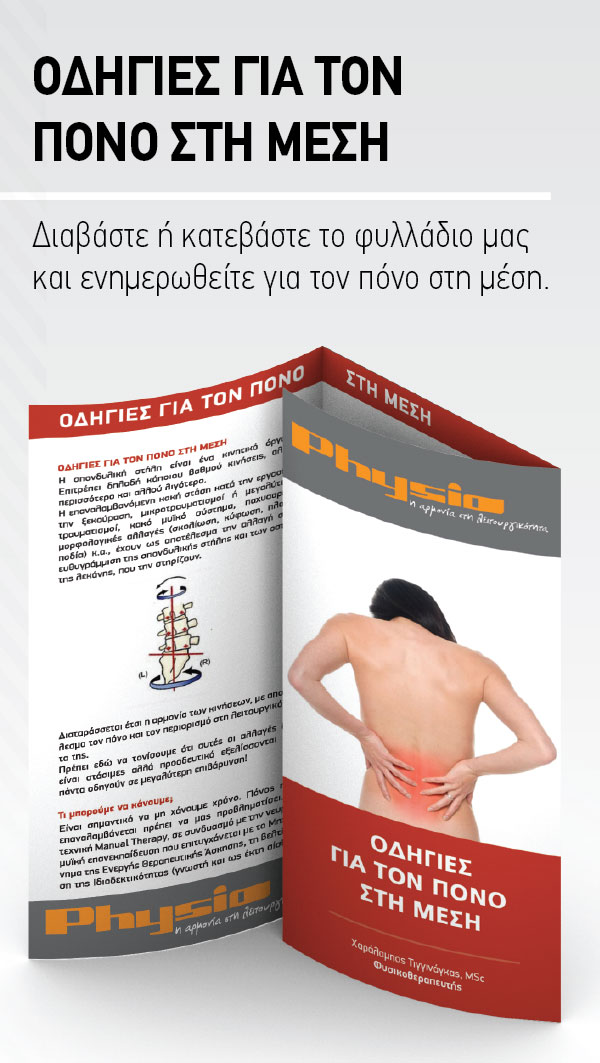Medium-Firm Mattress May Improve Low-Back Pain
A medium-firm mattress improves pain and disability among patients with chronic nonspecific low-back pain, according to the results of a randomized, double-blind, controlled multicenter trial. The study was published in the Nov. 15 issue of The Lancet.
Mindy Hung
Medscape Medical News 2003. © 2003 Medscape
Nov. 13, 2003 — A medium-firm mattress improves pain and disability among patients with chronic nonspecific low-back pain, according to the results of a randomized, double-blind, controlled multicenter trial. The study was published in the Nov. 15 issue of The Lancet.
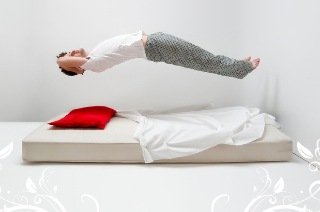
"In daily practice, physicians are frequently requested to counsel on the characteristics of beds and mattresses to lessen back pain," write Francisco M. Kovacs, PhD, and colleagues from the Scientific Department of the Kovacs Foundation, in Palma de Mallorca, Spain.
"In a survey of orthopaedic surgeons, 95% believed that mattresses played a part in the management of low-back pain, with 76% recommending a firm mattress. However, evidence supporting this advice is lacking."
Investigators drew 313 subjects from a previous population-based study on the prevalence and risk factors for common low-back pain in adolescents and their parents. Patients were eligible for study if they were aged 18 years or older; reported chronic low-back pain for three months or more without referred pain, presence of pain while lying in bed or on rising.
Investigators excluded patients with habitual prostration, signs of possible systemic disease, inflammatory disease or cancer, diagnosis or clinical suspicion of fibromyalgia, or pregnancy. They also did not include patients who habitually slept in a different bed two or more nights per week, those taking anti-inflammatory medication with a 24-hour effect at any time of the day, and those taking hypnotic, analgesic, anti-inflammatory, or relaxant medication for any reason from 1700 hours to the time at which pain on rising was assessed.
Subjects did not discontinue daytime medications for low-back pain. For participants who shared beds, only one person using the bed was allowed to participate.
Investigators used the European Committee for Standardization Scale to rate mattress firmness (HS), with 1.0 being the firmest and 10.0 being the softest. One-hundred fifty-eight participants received a firm mattress (HS 2-3), and 155 participants received a medium-firm mattress (HS 5-6).
Participants did not know that two different kinds of mattresses were going to be compared. They were told they could withdraw from the study if the new mattress made their pain worse.
Patients were assessed in their homes at baseline and at 90 days by a research assistant who recorded variables that might affect the clinical course of low-back pain, including age, sex, weight, exposure to repeated flexion-extension movements with load or whole-body vibration at work, most common sleeping position, and number of minutes in bed daily.
Patients also self-assessed intensity of pain while lying in bed, the intensity of pain on rising, and the degree of disability using a visual analogue scale, which ranges from zero (least) to 10 (most intense pain).
Patients rated their pain as soon as they woke up (pain while lying in bed) and within 30 minutes of rising (pain on rising). They also evaluated disability through a Spanish version of the Roland Morris questionnaire, consisting of 24 items related to activities of daily living. Scores range from zero (no disability) to 24 (maximum disability).
At 90 days, subjects also reported their subjective feeling on firmness of the new mattress, whether their partner had pain in bed, use of medication for low-back pain, daily low-back pain, low-back pain while lying in bed and on rising throughout the study (follow-up period), and whether subjects experienced more pain in bed when more time was spent in it.
Intensity of pain while lying in bed and on rising along with the degree of disability were the primary outcomes. Low-back pain, low-back pain in bed or on rising throughout the course of the study, and more intense pain in bed when lying down were among secondary outcomes.
A change of mattress was associated for most patients with improvement in pain while lying in bed (firm mattress, 77.8% vs. 82.6% for medium-firm mattress; odds ratio [OR], 1.35 [95% confidence interval [CI], 0.77 - 2.36]; P = .29) and when rising (80.4% vs. 85.8%; OR, 1.48 [CI, 0.81 - 6.68]; P = .201).
Participants with medium-firm mattresses had significantly better outcomes for pain in bed (OR, 2.36 [95% CI, 1.13 - 4.93]), pain on rising (OR, 1.93 [95% CI, 0.97-3.86]), and disability (OR, 2.10 [95% CI, 1.24 - 3.56]) than did patients with firm mattresses. Participants with medium-firm mattresses also reported less daytime low-back pain (P = .059), pain while lying in bed (P = .064), and pain on rising (P = .008) than did patients with firm mattresses.
The investigators acknowledged that the study design prevented them from quantifying the Hawthorne and placebo effects on the observed improvement. They noted that the effect of the firmness of the mattress on referred pain as well as on an acute exacerbation of backache was not known.
Dr. Kovacs and colleagues also note that although they used mattresses of two different firmnesses, they were spring mattresses and that while the firmness scale was independent of the composition of the mattress, results might differ with other kinds of mattresses.
"The medium-firm mattress was associated with an improvement in disability related to low-back pain," the investigators write. "This effect is particularly important since, although some cognitive and psychosocial interventions slightly improve the degree of disability, very few medical or physical interventions have achieved this objective.
"The results of this study also suggests [sic] that, although psychosocial factors have an effect on disability, some biomechanical factors that were not previously considered may also have an effect and should be taken into consideration for future studies," the authors conclude.
Lancet. 2003;362:1599-1604
Reviewed by Gary D. Vogin, MD
Στην ίδια κατηγορία
-
ΧΕΙΡΟΘΕΡΑΠΕΙΑ vs ΗΛΕΚΤΡΟΘΕΡΑΠΕΙΑ ΣΤΟΝ ΑΥΧΕΝΙΚΟ ΠΟΝΟ
-
ΕΞΑΡΘΡΩΣΗ ΚΝΗΜΟΠΕΡΟΝΙΑΙΑΣ ΑΡΘΡΩΣΗΣ
-
STRESS: Η ΣΙΩΠΗΛΗ ΕΠΙΔΗΜΙΑ ΤΗΣ ΕΠΟΧΗΣ ΜΑΣ
-
ΑΜΜΕΣΗ ΠΡΟΣΒΑΣΗ ΣΤΗ ΦΥΣΙΚΟΘΕΡΑΠΕΙΑ – ΑΣΦΑΛΕΙΑ, ΑΠΟΤΕΛΕΣΜΑΤΙΚΟΤΗΤΑ ΚΑΙ ΘΕΣΜΙΚΕΣ ΠΡΟΫΠΟΘΕΣΕΙΣ
-
Η ΠΑΓΙΔΑ ΤΗΣ ΑΝΑΚΡΙΒΟΥΣ ΑΝΤΙΛΗΨΗΣ ΤΟΥ ΧΡΟΝΙΟΥ ΠΟΝΟΥ
-
MANUAL ALIGNMENT THERAPY: ΜΙΑ ΟΛΙΣΤΙΚΗ ΘΕΡΑΠΕΥΤΙΚΗ ΠΡΟΣΕΓΓΙΣΗ
-
ΙΣΧΙΑΛΓΙΑ: ΣΥΓΧΡΟΝΕΣ ΚΑΤΕΥΘΥΝΤΗΡΙΕΣ ΟΔΗΓΙΕΣ
-
ΔΥΣΚΟΙΛΙΟΤΗΤΑ: Ο ΡΟΛΟΣ ΤΗΣ ΦΥΣΙΚΟΘΕΡΑΠΕΙΑΣ ΣΤΗΝ ΔΙΑΧΕΙΡΗΣΗ
-
ΑΚΡΑΤΕΙΑ ΜΕΤΑ ΤΟΝ ΤΟΚΕΤΟ
-
ΘΕΡΑΠΕΙΑ ΤΟΥ ΔΕΥΤΕΡΟΠΑΘΟΥΣ ΛΕΜΦΟΙΔΗΜΑΤΟΣ ΜΕΤΑ ΑΠΟ ΚΑΡΚΙΝΟ ΤΟΥ ΜΑΣΤΟΥ
-
ΑΥΧΕΝΙΚΟΣ ΠΟΝΟΣ
-
ΣΥΝΔΡΟΜΟ ΘΩΡΑΚΙΚΗΣ ΕΞΟΔΟΥ: ΑΝΑΣΚΟΠΗΣΗ ΤΗΣ ΣΥΓΧΡΟΝΗΣ ΒΙΒΛΙΟΓΡΑΦΙΑΣ
Τελευταία άρθρα
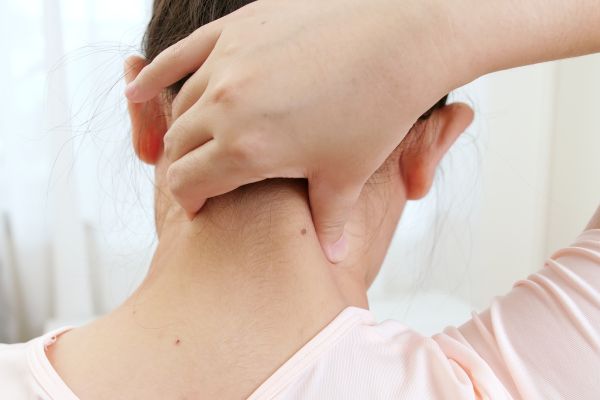
ΧΕΙΡΟΘΕΡΑΠΕΙΑ vs ΗΛΕΚΤΡΟΘΕΡΑΠΕΙΑ ΣΤΟΝ ΑΥΧΕΝΙΚΟ ΠΟΝΟ
Ποια θεραπευτική προσέγγιση προσφέρει την πιο αποτελεσματική και τεκμηριωμένη παρέμβαση στην αντιμετώπιση του αυχενικού πόνου;
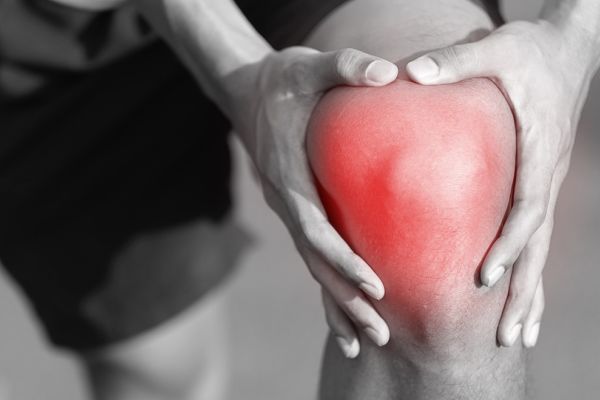
ΕΞΑΡΘΡΩΣΗ ΚΝΗΜΟΠΕΡΟΝΙΑΙΑΣ ΑΡΘΡΩΣΗΣ
Η κνημοπερονιαία εξάρθρωση απαιτεί έγκαιρη διάγνωση και πρόγραμμα εξατομικευμένης αποκατάστασης για την λειτουργική επαναφορά τής άρθρωσης.

STRESS: Η ΣΙΩΠΗΛΗ ΕΠΙΔΗΜΙΑ ΤΗΣ ΕΠΟΧΗΣ ΜΑΣ
Το στρες αναδεικνύεται σε πολύπλευρη απειλή που διαβρώνει υγεία, ισορροπία και ποιότητα ζωής του σύγχρονου ανθρώπου.
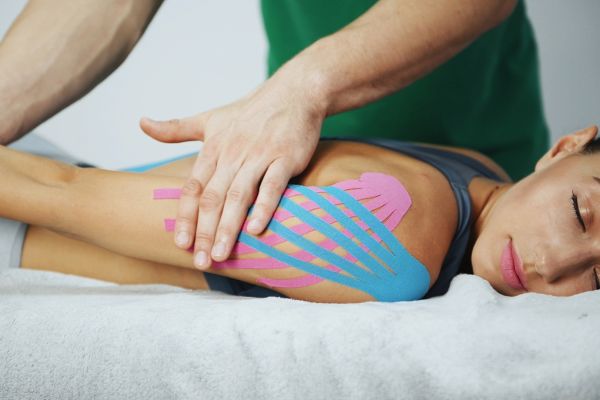
ΑΜΜΕΣΗ ΠΡΟΣΒΑΣΗ ΣΤΗ ΦΥΣΙΚΟΘΕΡΑΠΕΙΑ – ΑΣΦΑΛΕΙΑ, ΑΠΟΤΕΛΕΣΜΑΤΙΚΟΤΗΤΑ ΚΑΙ ΘΕΣΜΙΚΕΣ ΠΡΟΫΠΟΘΕΣΕΙΣ
Η άμεση πρόσβαση στη φυσικοθεραπεία μπορεί να προσφέρει ασφαλή και ιδιαίτερα αποτελεσματική φροντίδα, ενισχύοντας την ποιότητα και την αποδοτικότητα των συστημάτων υγείας, ή εμπεριέχει κινδύνους για τους ασθενείς;

Η ΠΑΓΙΔΑ ΤΗΣ ΑΝΑΚΡΙΒΟΥΣ ΑΝΤΙΛΗΨΗΣ ΤΟΥ ΧΡΟΝΙΟΥ ΠΟΝΟΥ
Ο χρόνιος πόνος δεν αντικατοπτρίζει πάντα βλάβη ιστού, αλλά αφορά μια δυναμική κατάσταση με σύνθετους νευρολογικούς, ψυχολογικούς και κοινωνιολογικούς μηχανισμούς που απαιτούν κατανόηση και ολιστική προσέγγιση.
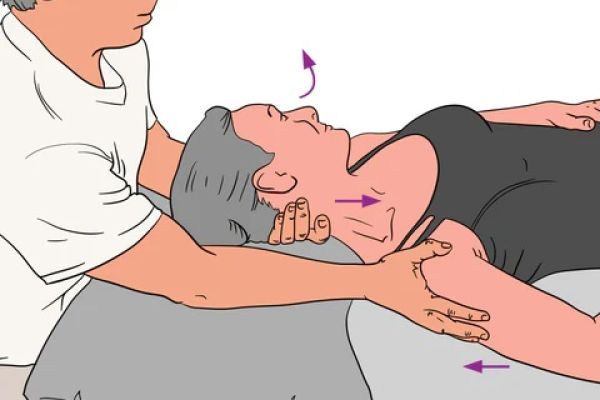
MANUAL ALIGNMENT THERAPY: ΜΙΑ ΟΛΙΣΤΙΚΗ ΘΕΡΑΠΕΥΤΙΚΗ ΠΡΟΣΕΓΓΙΣΗ
Ολιστική μέθοδος που αποκαθιστά τη σωστή ευθυγράμμιση του σώματος, μειώνοντας τον πόνο και βελτιώνοντας τη λειτουργικότητα μέσω χειροθεραπείας και εξατομικευμένων ασκήσεων.
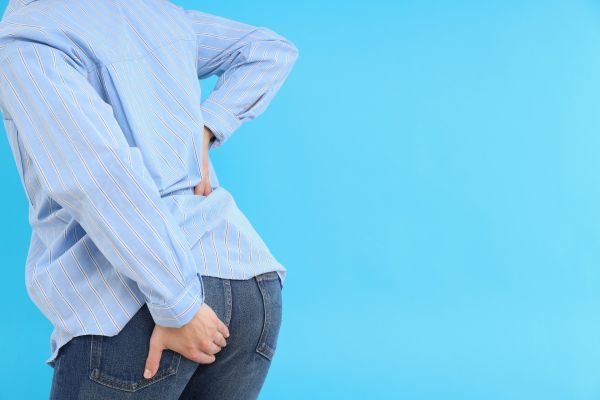
ΙΣΧΙΑΛΓΙΑ: ΣΥΓΧΡΟΝΕΣ ΚΑΤΕΥΘΥΝΤΗΡΙΕΣ ΟΔΗΓΙΕΣ
Η σύγχρονη αντιμετώπιση για την ισχιαλγία δίνει έμφαση στη φυσικοθεραπεία, την ενεργό κινητοποίηση και την εκπαίδευση του ασθενούς για αποτελεσματική αποκατάσταση.

ΑΚΡΑΤΕΙΑ ΜΕΤΑ ΤΟΝ ΤΟΚΕΤΟ
Η ακράτεια μετά τον τοκετό επηρεάζει έως και μία στις τρεις γυναίκες, και συχνά παραμένει αδιάγνωστη λόγω ντροπής ή ελλιπούς ενημέρωσης.
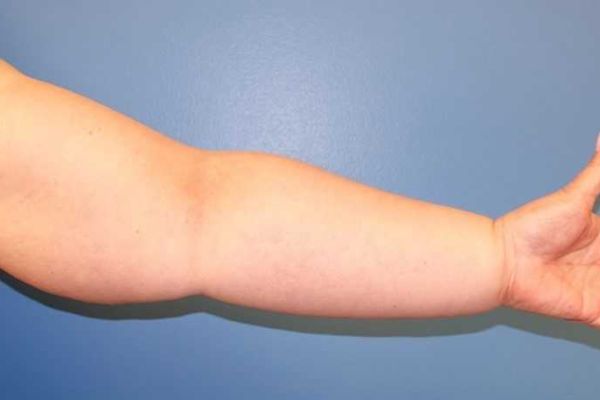
ΘΕΡΑΠΕΙΑ ΤΟΥ ΔΕΥΤΕΡΟΠΑΘΟΥΣ ΛΕΜΦΟΙΔΗΜΑΤΟΣ ΜΕΤΑ ΑΠΟ ΚΑΡΚΙΝΟ ΤΟΥ ΜΑΣΤΟΥ
Το δευτεροπαθές λεμφοίδημα του άνω άκρου αποτελεί μία από τις σημαντικότερες επιπλοκές της θεραπείας του καρκίνου του μαστού, επηρεάζοντας σημαντικά την ποιότητα ζωής των γυναικών.
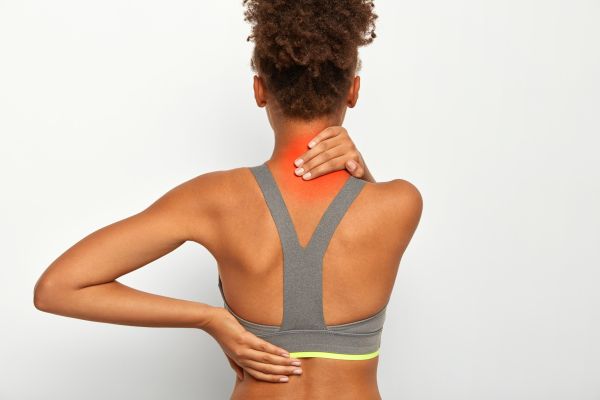
ΑΥΧΕΝΙΚΟΣ ΠΟΝΟΣ
Ο αυχενικός πόνος και το αίσθημα δυσκαμψίας, ή "πιασίματος" στον αυχένα είναι από τις συχνότερες αιτίες αναζήτησης ιατρικής βοήθειας στον σύγχρονο κόσμο.
